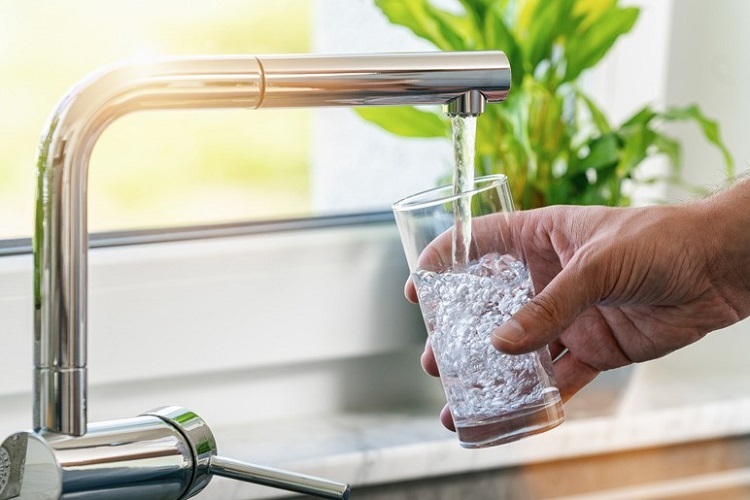To protect your children’s health, filtering their drinking water is an important step. It can be difficult to understand the pros and cons of different filters. Reverse osmosis water filters can remove more pollutants than other types. What else do parents need to know about reverse-osmosis filters?
Table of Contents
What Contaminants Do Reverse Osmosis Water Filters Remove From Drinking Waters?
Reverse osmosis filters filter contaminants out of drinking water by forcing them through tiny pores that block particles larger than water molecules. They are often equipped with a carbon filter, which aids in initial purification and prolongs the life of the reverse-osmosis filter. The carbon filter reduces some contaminants that can’t be removed by reverse-osmosis byproducts or volatile organic compounds.
Reverse osmosis can reduce chemical contaminants that carbon filters are unable to effectively reduce.
- Nitrate can cause birth defects and, in higher amounts, can be toxic to babies.
- Perchlorate is a chemical that alters the function of the thyroid and causes brain damage in children.
- Arsenic is a poison that impairs children’s brain development, growth, and immune system.
- Hexavalent chrome can have harmful effects that are more common in children, including harm to the reproductive system, and an increased risk of developing cancer.
Reverse Osmosis can reduce other contaminants, such as lead which can harm children’s brain development, and toxic fluorinated chemicals have known as PFAS.
What Are Some Of The Drawbacks To Reverse Osmosis Filters?
Reverse osmosis filters are more expensive than other types and must be installed under the sink. These costs and the price of replacement cartridges can prove to be prohibitive for many families.
Reverse osmosis systems can also waste water three times more than they treat. Reverse osmosis should only be used to treat water for drinking and cooking, not as an entire-house filter. The system can also be maintained and maintained in a timely manner to reduce water waste.
When shopping for whole-house filters, remember that these systems can remove chlorine residuals from all plumbing in your house. There is no disinfectant in the water. This could lead to bacteria growth in household pipes connecting the filter and tap. Experts recommend that you install reverse osmosis filters at your tap rather than a whole house filter.
What Do You Think About Fluoride And Minerals?
Reverse osmosis not only removes contaminants but also provides some essential minerals like iron, magnesium, calcium, and other minerals. Reverse osmosis water is safe for food preparation. If you are concerned about mineral levels or simply enjoy the flavor of added minerals, mineral drops or a pitcher can be used to add them back.
These filters remove fluoride from water. It is becoming increasingly clear that too much fluoride can harm children’s brain development. Fluoride-containing toothpaste offers better dental benefits, including the prevention of tooth decay.
This post was written by a specialist at One Green Filter. One Green Filter specializes in-home water treatment in Clearwater FL. One Green Filter is Tampa Bay’s top Water Softener, Purification & Filtration Expert. Our customers chose One Green FIlter because of our consistently high level of service and superior products we use to deliver pure, delicious water to their homes, businesses, and schools across the Tampa Bay area. To schedule a free appointment to test the quality of your water at your convenience contact us today.










